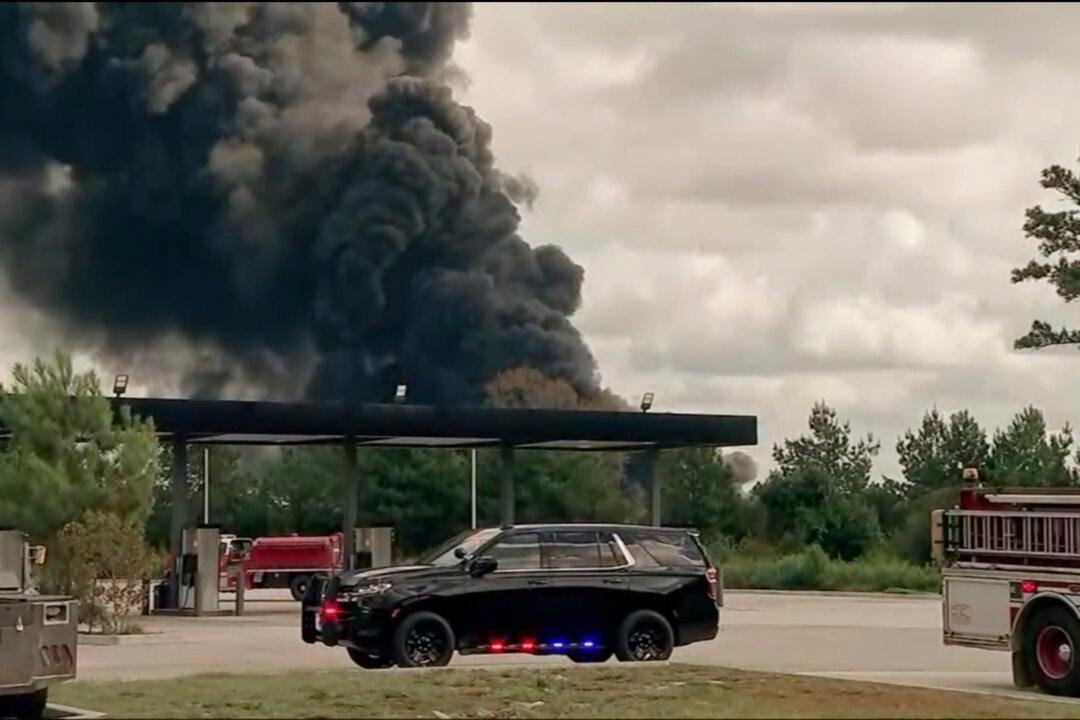Texas authorities have issued a shelter-in-place order and advised residents to turn off heating, ventilation, and cooling systems in their homes after a chemical plant explosion on Wednesday.
There are no deaths being reported from the explosion and only one injury.





